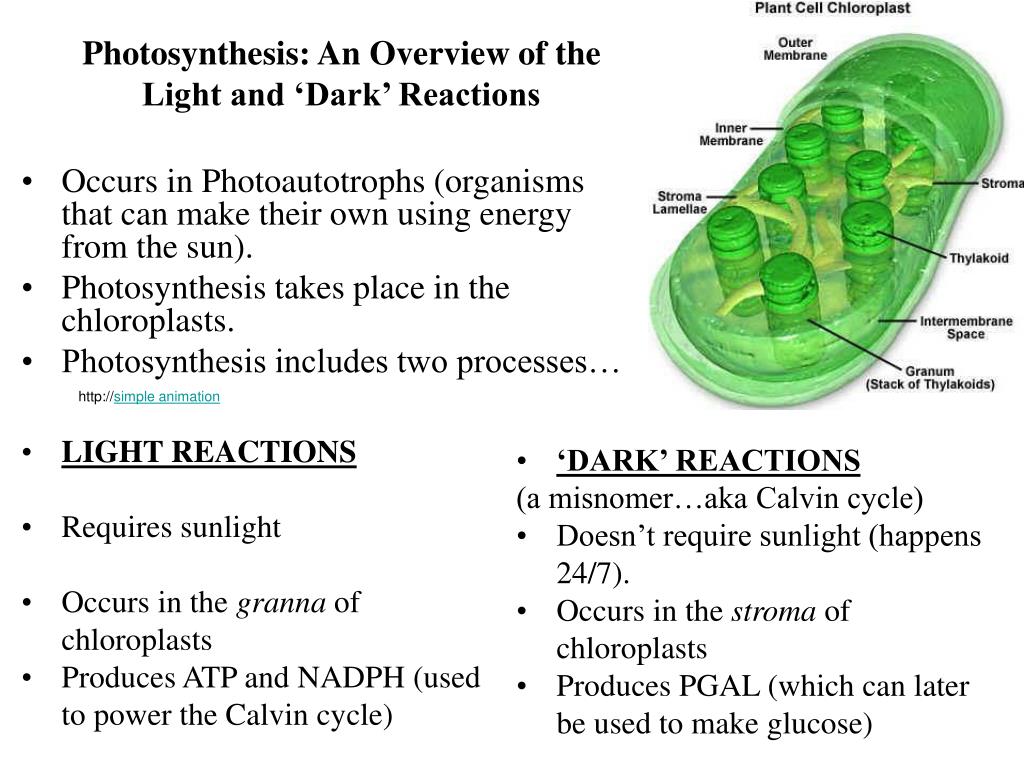Do you seek for 'photosynthesis dark reaction'? Here, you will find all the stuff.
The dark reaction of photosynthesis refers to the phase that doesn’t need lighted energy or photons to complete the cycle and therefore also called the light-independent photosynthetic form. Dark reaction operating theatre Calvin cycleThe light-independent reactions of photosynthesis are chemical reactions that convert atomic number 6 dioxide and opposite compounds into glucose. These reactions come in the stroma, the fluid-filled country of a chloroplast outside of the thylakoid membranes. These reactions take the products (ATP and NADPH) of light-dependent reactions and do further chemical processes on them. was first explained away a scientist called Melvin Calvin.
Table of contents
- Photosynthesis dark reaction in 2021
- Product of dark reaction photosynthesis
- Dark reaction and light reaction of photosynthesis takes place in
- Dark reaction cycle
- What is dark reaction
- Photosynthesis reaction equation
- Dark reaction takes place in
- Light reaction of photosynthesis
Photosynthesis dark reaction in 2021
 This picture illustrates photosynthesis dark reaction.
This picture illustrates photosynthesis dark reaction.
Product of dark reaction photosynthesis
 This picture representes Product of dark reaction photosynthesis.
This picture representes Product of dark reaction photosynthesis.
Dark reaction and light reaction of photosynthesis takes place in
 This picture demonstrates Dark reaction and light reaction of photosynthesis takes place in.
This picture demonstrates Dark reaction and light reaction of photosynthesis takes place in.
Dark reaction cycle
 This picture demonstrates Dark reaction cycle.
This picture demonstrates Dark reaction cycle.
What is dark reaction
 This image illustrates What is dark reaction.
This image illustrates What is dark reaction.
Photosynthesis reaction equation
 This picture shows Photosynthesis reaction equation.
This picture shows Photosynthesis reaction equation.
Dark reaction takes place in
 This picture demonstrates Dark reaction takes place in.
This picture demonstrates Dark reaction takes place in.
Light reaction of photosynthesis
 This image demonstrates Light reaction of photosynthesis.
This image demonstrates Light reaction of photosynthesis.
How are light and dark reactions related in photosynthesis?
Light and dark reactions in photosynthesis. Light reactions need light to produce organic energy molecules (ATP and NADPH). They are initiated by colored pigments, mainly green colored chlorophylls. Dark reactions make use of these organic energy molecules (ATP and NADPH).
Where do dark reactions occur in the chloroplast?
Dark reactions ( Enzymatic reactions ) is a group of reactions that occurs in the stroma of chloroplast in which the temperature is the limiting factor for the rate of photosynthesis , so , these reactions can occur in both the light and darkness .
What happens in the third stage of photosynthesis?
The third stage is the use of NADPH and ATP in the photosynthetic reduction of carbon cycle, the Calvin cycle, to assimilate CO2 and produce the triose sugars. The enzyme acting as a catalyst in this reaction is Rubisco. This third stage can operate with or without light and is known as the dark reaction of photosynthesis.
Where do light and dark reactions take place?
Light reactions need light to produce organic energy molecules (ATP and NADPH). They are initiated by colored pigments, mainly green colored chlorophylls. Dark reactions make use of these organic energy molecules (ATP and NADPH). This reaction cycle is also called Calvin Benison Cycle, and it occurs in the stroma.
Last Update: Oct 2021